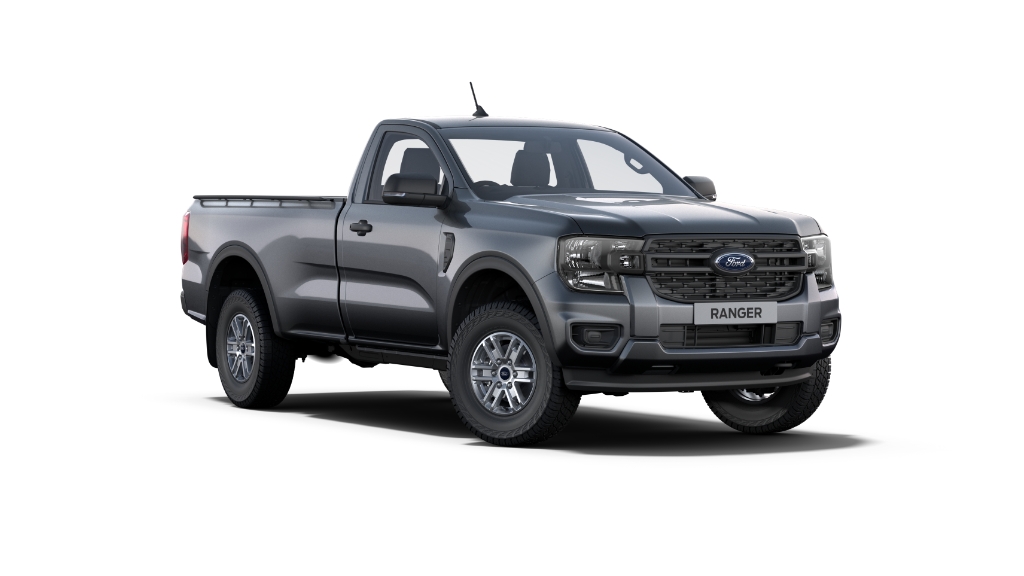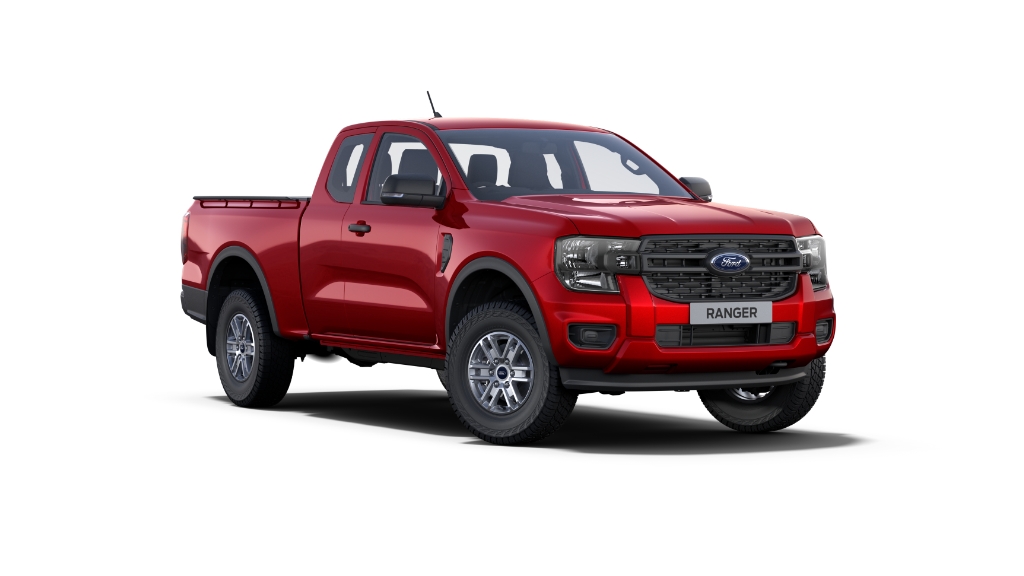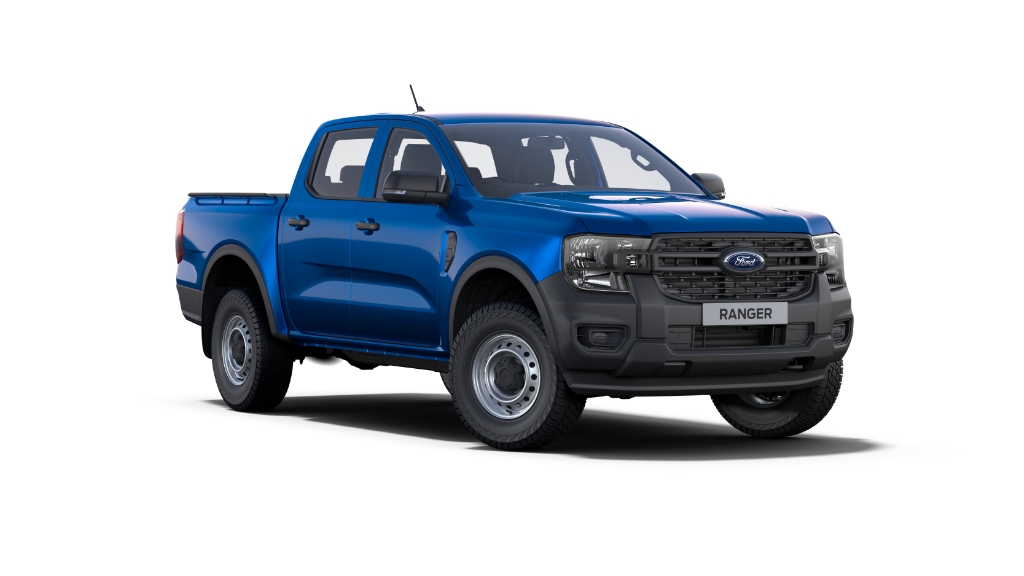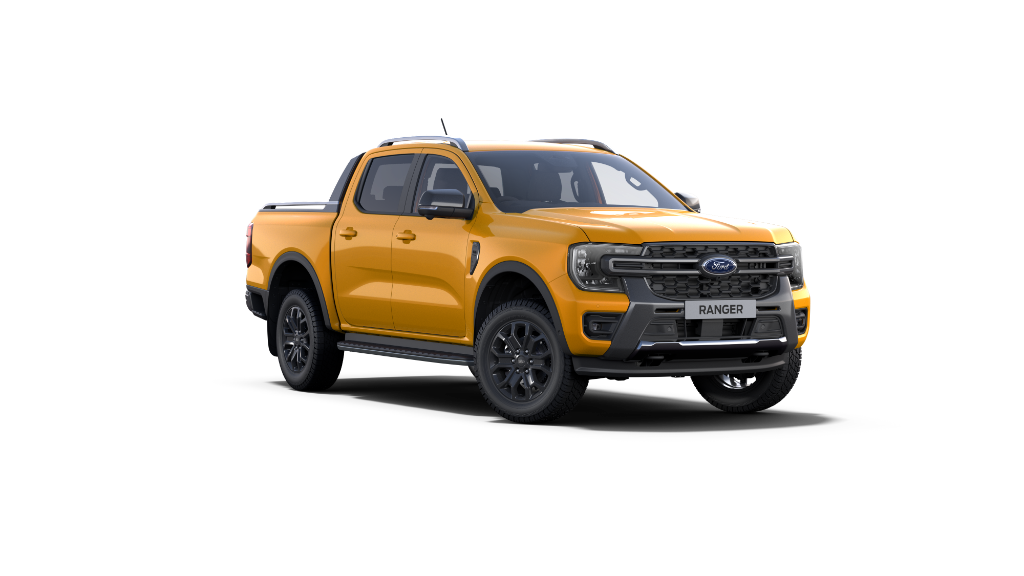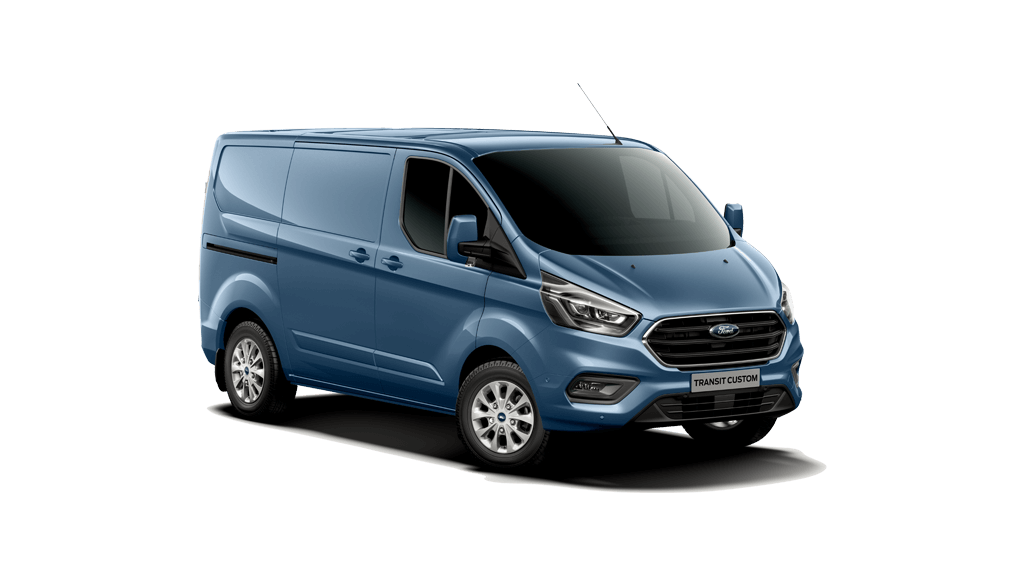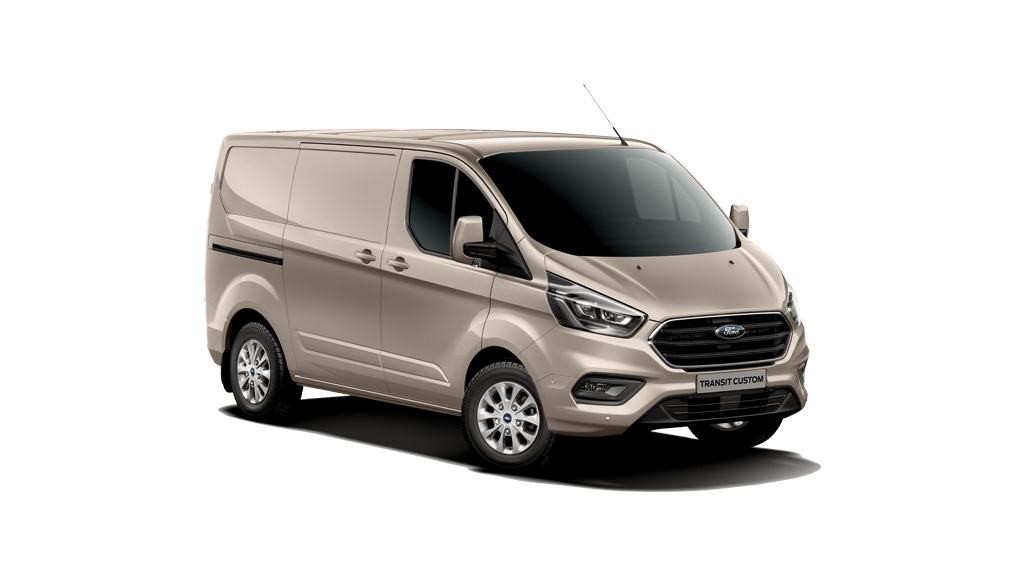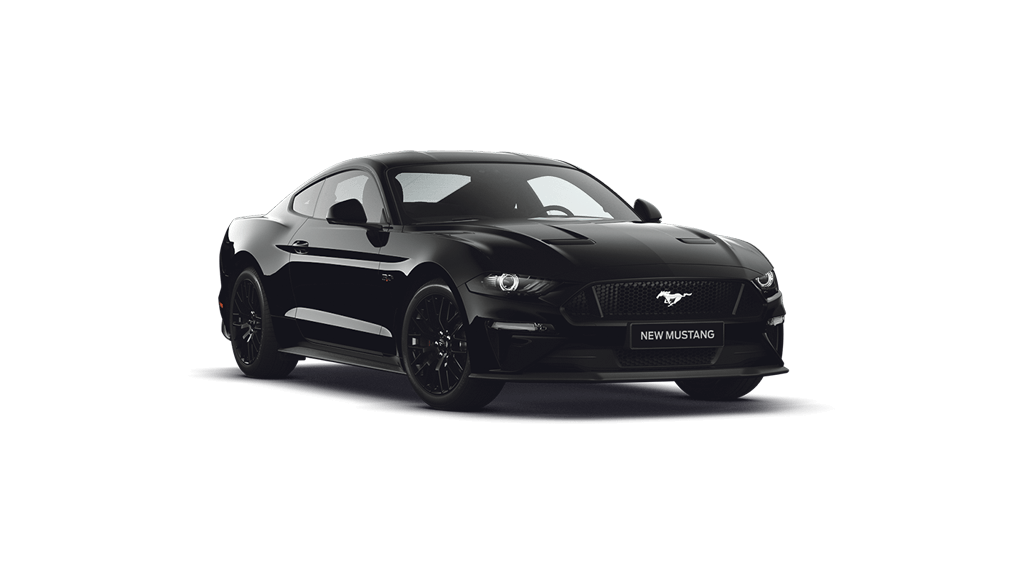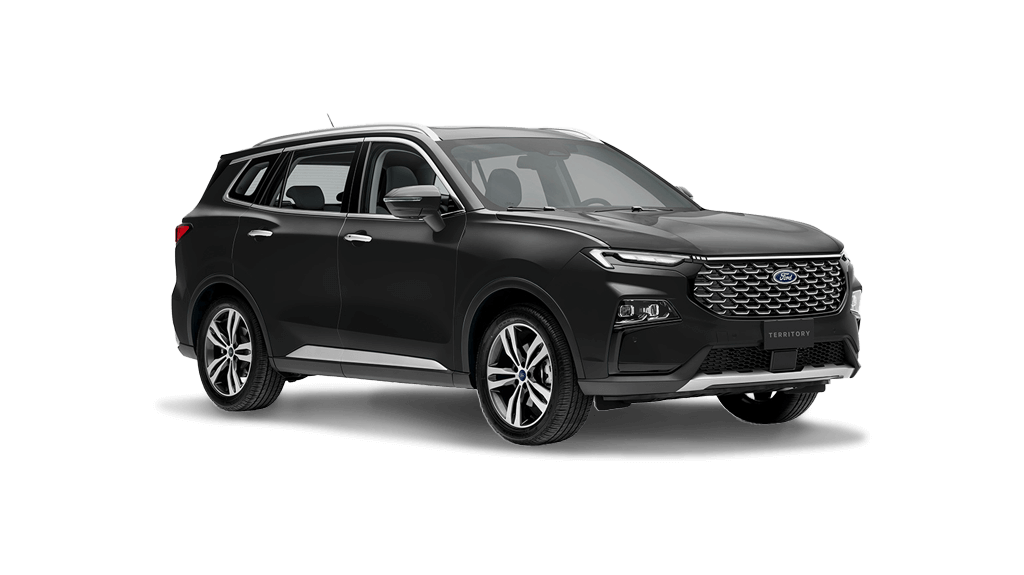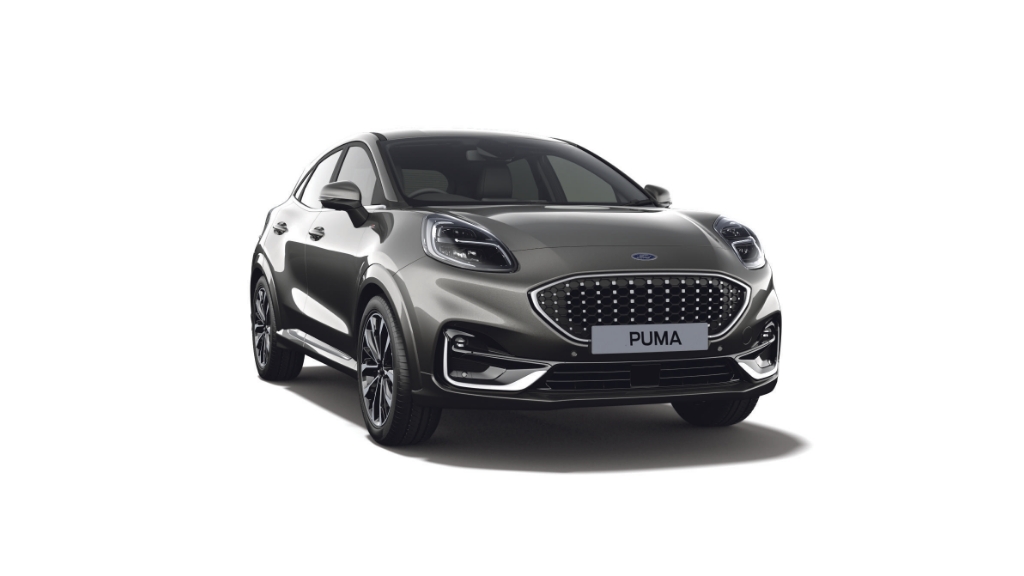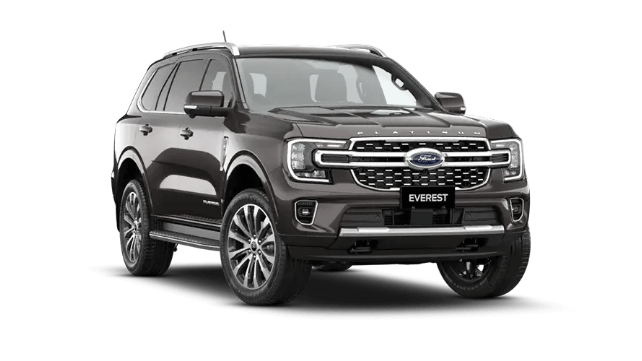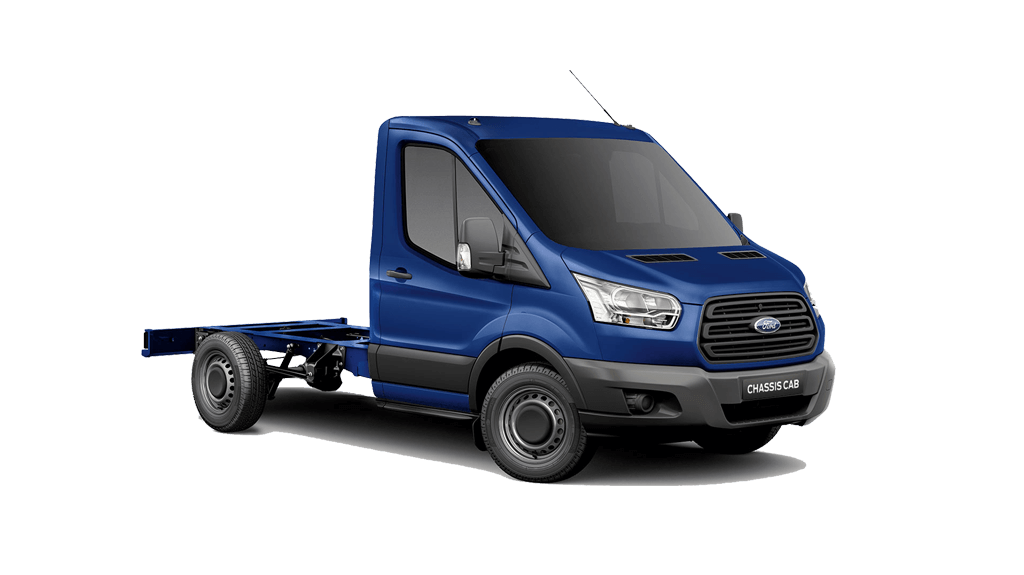Ford news
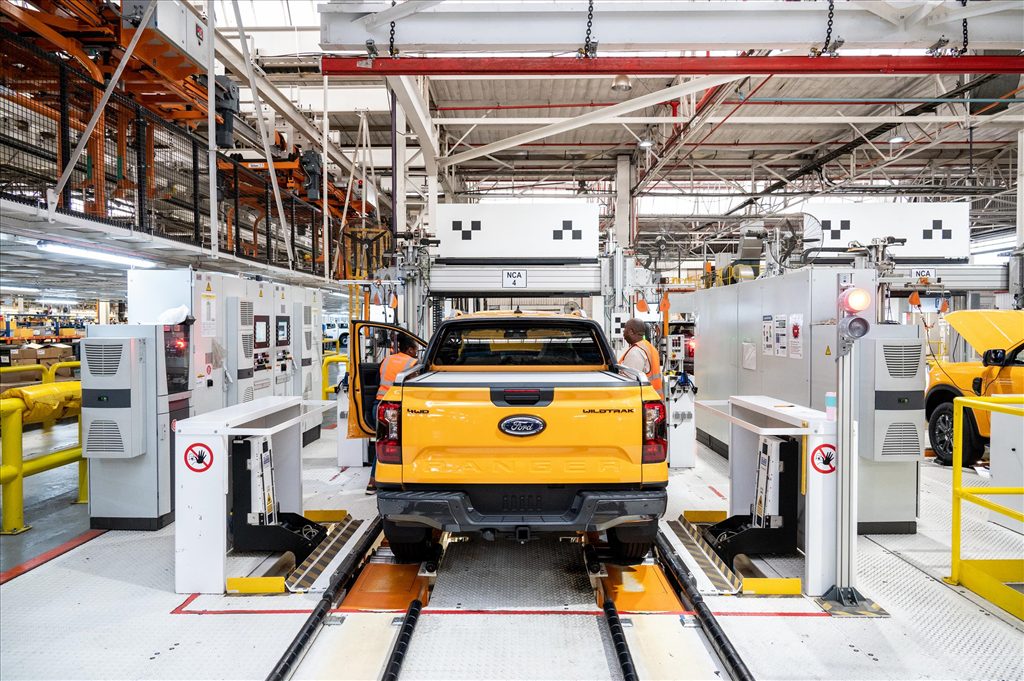
10 Fun Facts About How Ford Ranger is Built
Ranger is now sold in more than 180 markets
The Ford Ranger is manufactured in five production hubs around the world
There are more than 2,700 parts in each Ford Ranger
PRETORIA, SOUTH AFRICA, 9 January 2024 – Designed and engineered by a global team headquartered in Australia, the Ranger is now sold in more than 180 markets around the world, and continues to build a reputation for quality, reliability and durability.
Its real-world tests took place in some of the world’s toughest climates and over some of the most challenging terrain, including programmes across the world, from outback Australia to the rugged terrain of South Africa, the icy climates of Scandinavia, the mountainous regions of the Americas, and the humidity of Asia’s jungles – in temperatures ranging from -40° Celsius to well over 50° Celsius.
As a truly global product, the Ford Ranger is manufactured in five production hubs around the world: Ford Thailand Manufacturing (FTM) and AutoAlliance Thailand (AAT), Silverton Assembly Plant in South Africa, Michigan Assembly Plant in the U.S., and the Pacheco Assembly Plant in Argentina. There are also Completely Knocked Down (CKD) operations in Vietnam and Cambodia.
Here are 10 things you need to know about how each Ford Ranger is built.
One Ford Ranger rolls off the production line every two minutes at Ford factories in South Africa (Silverton Assembly Plant) and Thailand (Ford Thailand Manufacturing).
There are almost 600 robots employed on the chassis line to help maintain production volumes with each chassis taking around three hours to build.
There are around 3,000 – 4,000 spot welds in the body of every single Ranger, and corrosion protection is provided by dipping the body in 12 chemical baths prior to painting.
Every single Ranger is covered with approximately eight litres of Ford’s innovative 3-Wet High Solids Paint system which allows the primer (3 litres), base coat (3 litres) and clear coat (2 litres) to be applied while each coat is still wet.
The 3-Wet paint process used at the Ford Silverton Assembly Plant and Ford Thailand Manufacturing ensures the durability and chip-resistance customers expect while helping to reduce CO2 and VOC emissions because of savings made from reductions in the size of paint booths, and reduced numbers of paint purging, and ovens required to cure the paint.
Each Ranger, after painting, passes through a state-of-the-art paint scanner. This electronic eye can detect coating defects as small as 0.2 mm2, which is smaller than a needle point.
There are more than 2,700 parts in each Ford Ranger. Each vehicle undergoes nearly 1,000 quality confirmation checks before it’s allowed to be sent to a dealership. Technicians also perform 300 electronic diagnostics checks and 35 electrical current-based tests to match Ford’s quality expectations.
One of the key quality confirmation checks is the Water Test which sees every Ranger sprayed with water for 20 minutes, in a controlled pressure test, to replicate the worst rainstorm imaginable. After the water jets are turned off, auditors visually inspect the Ranger’s taillights, headlamps and foglamps, to make sure that no water has breached the seals. The water used doesn’t go to waste, it drains into the floor and is recycled for use in subsequent tests.
Every door is then opened, and the rubber seals are inspected for any signs of water ingress. To make sure the cabin floor remains dry, auditors use a specially made probe that sends an audible alert if it detects any moisture.
Once the final quality confirmation check has been completed inside the factory, each Ford Ranger must make it across three final hurdles before it can be loaded up and sent to dealerships around the world. These are the Squeak and Rattle Track, High Speed Track and Rough Road Track, and each vehicle must complete one full pass to be approved for release.
To ensure the steering and wheels are aligned and the headlights are pointing where they need to, an example of every single Ranger variant is removed from the line at random, every single day. A selection of lasers and cameras are then used to check wheel alignment and headlights, while a quick lap of the Steering Alignment Test Track shows if the steering wheel is on straight and the vehicle tracks straight as an arrow.
Original Article: Ford Dealerview

